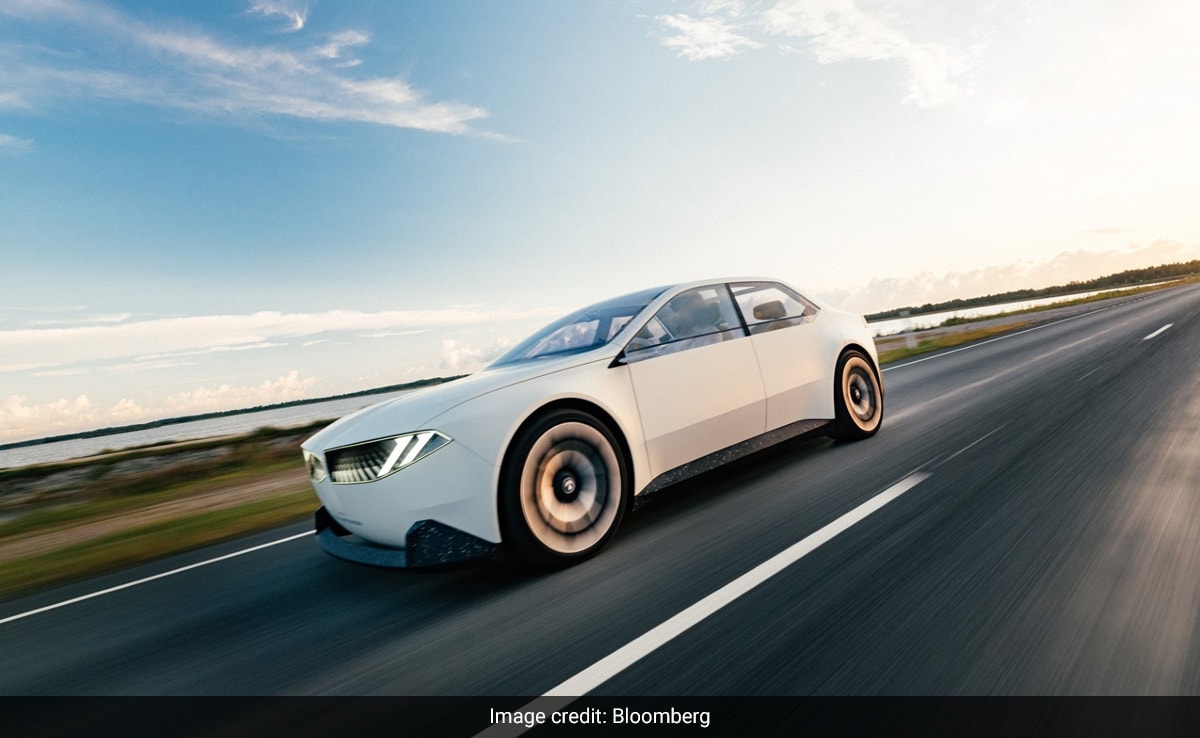Under the PM Awas Yojna (Rural) housing scheme, the government aims to facilitate construction of an additional 20 million houses over the next few years. File.
| Photo Credit: Ranjeet Kumar
India plans to increase state subsidies on rural housing in the upcoming Union Budget by as much as 50% from the previous year to more than $6.5 billion, after setbacks for the Bharatiya Janata Party (BJP)in elections, two government sources said.
The planned hike in housing subsidies is part of a broader government initiative to boost spending on rural infrastructure including village roads and a jobs programme to help millions of young people stuck in the agriculture sector amid limited manufacturing jobs.
If approved, it would mark the largest annual increase in central spending on the rural housing programme since its inception in 2016.
“The government is worried over widespread rural economic distress, driven by higher food inflation and sluggish growth in farmers’ incomes,” said one of the government sources with knowledge of budget discussions.
Shares of Housing and Urban Development Corp rose as much as 9% after the Reuters report, while Aadhar Housing Finance and GIC Housing Finance rose around 4.5%.
Prime Minister Narendra Modi’s Bharatiya Janata Party (BJP) is having to rely on allies to run the government for the first time in a decade, after the opposition did much better than expected in a bitterly fought national election that ended last month.
Under the PM Awas Yojna (Rural) housing scheme, the government aims to facilitate construction of an additional 20 million houses over the next few years, after providing aid for more than 26 million homes for poor households over the past eight years.
Finance Minister Nirmala Sitharaman is expected to announce details of plan during the budget presentation later this month.
“We expect a substantial increase in allocations for several rural schemes this year, including housing, roads and jobs programme,” said the second government source, noting central subsidies for rural housing could exceed ₹550 billion, up from ₹320 billion last fiscal year.
He said state spending on the rural jobs programme was expected to increase substantially from an earlier estimate of ₹860 billion, but the government may seek parliament approval for this additional spending later, not as part of the budget.
He said a separate proposal for increasing spending on village roads was also under consideration, from earlier estimates of ₹120 billion in the current fiscal year.
Both sources spoke on the condition of anonymity as they were not authorised to discuss budget proposals with the media.
During pre-budget consultations, economists and industry leaders urged the government to ramp up rural spending to stimulate consumer demand, noting that private consumption was growing at half the pace of nearly 8% annual economic growth.
The sources said to build 20 million houses for the poor in the rural areas, the central and state governments are expected to allocate up to ₹4 trillion over the next few years, with the central government contributing around ₹2.63 trillion.
A finance ministry spokeswomen didn’t comment when asked about spending plans.
Last month, shortly after assuming office, Mr. Modi’s cabinet announced plans to assist in the construction of 30 million houses in rural and urban areas, without disclosing financial details.
The Ministry of Rural Development has proposed increasing state subsidies to about ₹2,00,000 rupees per housing unit, up from ₹1,20,000 rupees previously, citing rising costs of raw materials, the second official said.










